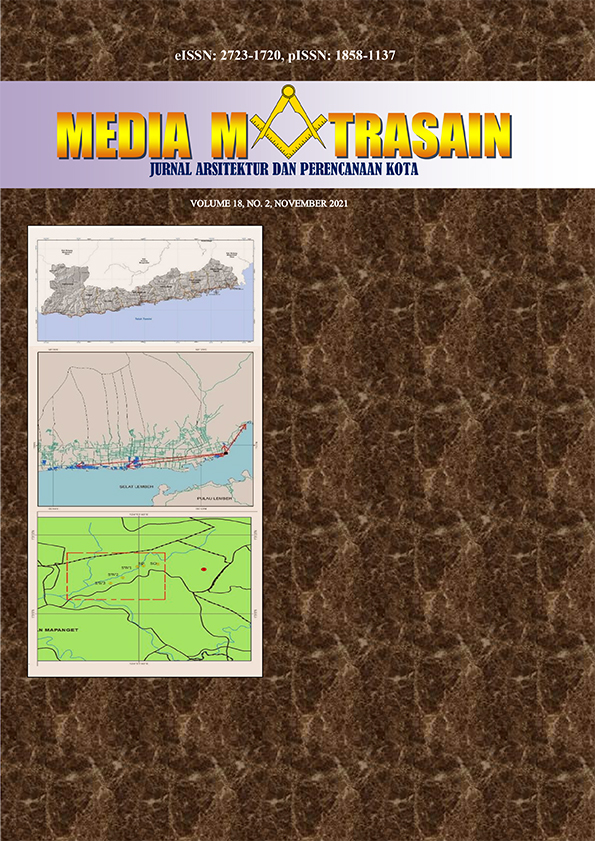MITIGASI RISIKO BENCANA BANJIR DI KOTA MANADO
DOI:
https://doi.org/10.35793/matrasain.v18i2.37068Keywords:
Mitigation, flood disaster, risk levelAbstract
Mitigation is an effort with the aim of minimizing the impact of a disaster by carrying out proper planning. Geological and hydrometeorological disasters are disasters that are often experienced by Indonesia. In Indonesia, hydrometeorological disasters such as floods are influenced by strong westerly winds and global climate change. Inappropriate land conversion also supports the occurrence of this disaster. Based on a map of flood-prone areas from the Ministry of Agrarian Affairs and Spatial Planning, Manado City has a flood-prone area with a fairly high class of vulnerability, especially the central government area and the center of trade and services. This is relevant to the geographical condition of the city of Manado which is in a position surrounded by mountains and 5 major rivers that pass through the city of Manado, namely the Tikala river and the Tondano river which merge in the Paal 2 area, the Malalayang river, the Sario river and the Bailang river. The Tondano and Tikala rivers have several meanders and have several 'bottle necks' downstream which can cause obstruction to the flow of river water so that it can cause flooding. In addition, the silting of rivers and drainage as well as the lack of water catchment areas have an important role in the occurrence of floods. Therefore, it is necessary to carry out a flood risk analysis in Manado City to determine the appropriate form of mitigation. The purpose of this study is to determine the level of flood risk in Manado City and recommend forms of flood disaster mitigation in Manado City. This research uses analysis with quantitative descriptive research method. The analysis was carried out with reference to PERKA BNPB No. 02 of 2012 concerning general guidelines for disaster risk assessment. The results of this study are that there are 3 classes of flood risk levels in Manado City. In the high class, there are 53 urban villages, the middle class is 2 villages and the low class is 32 villages.


